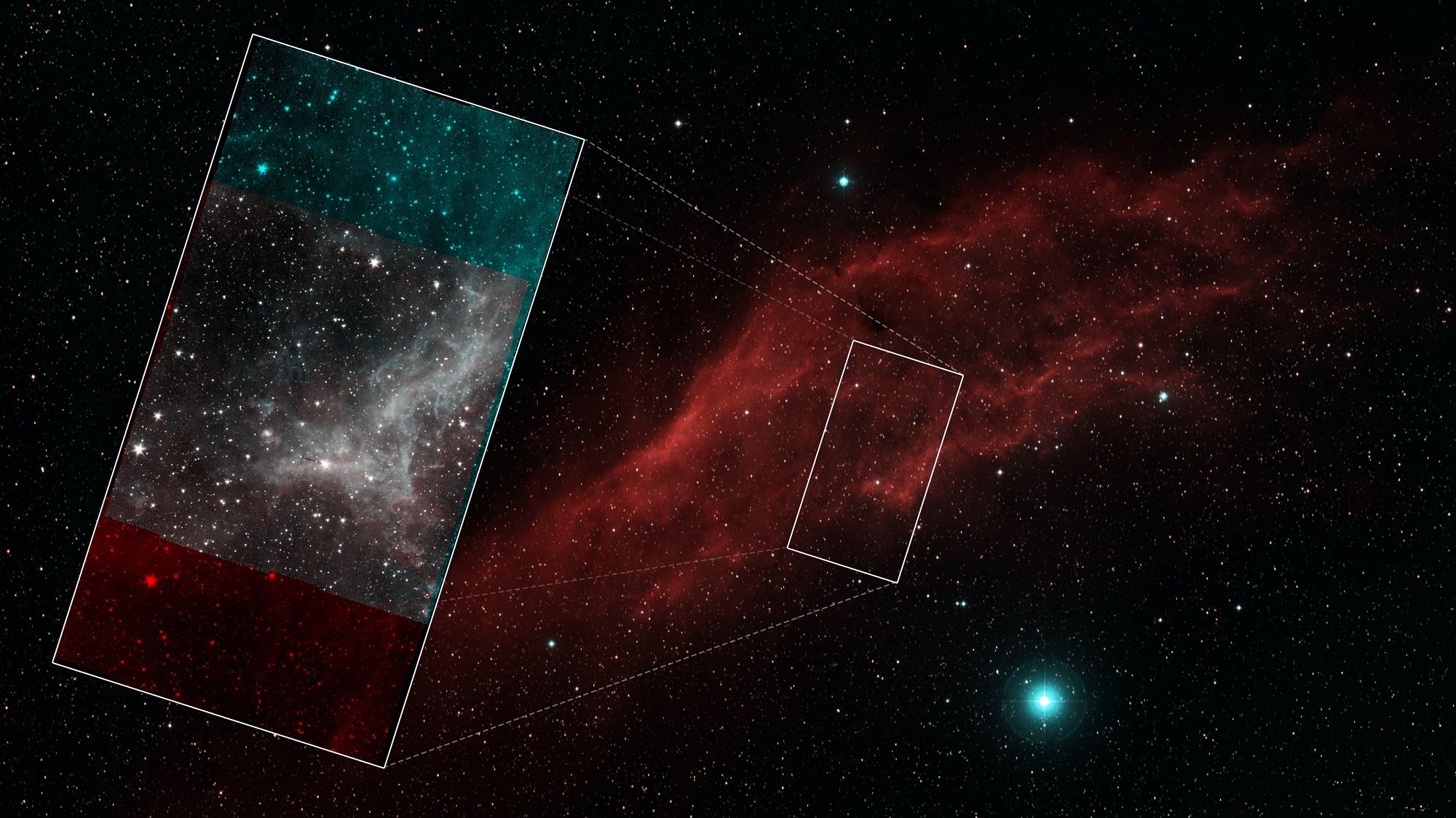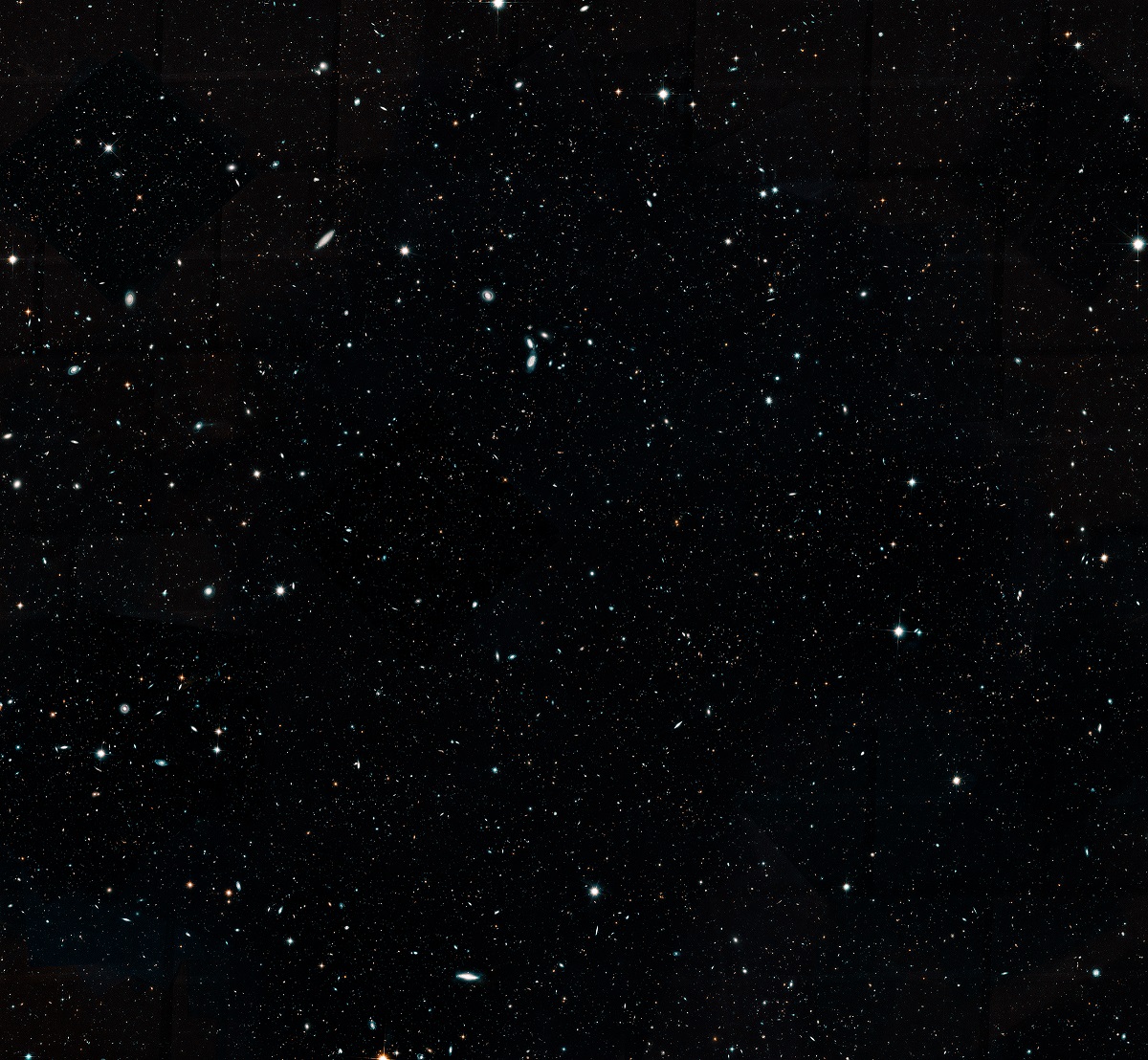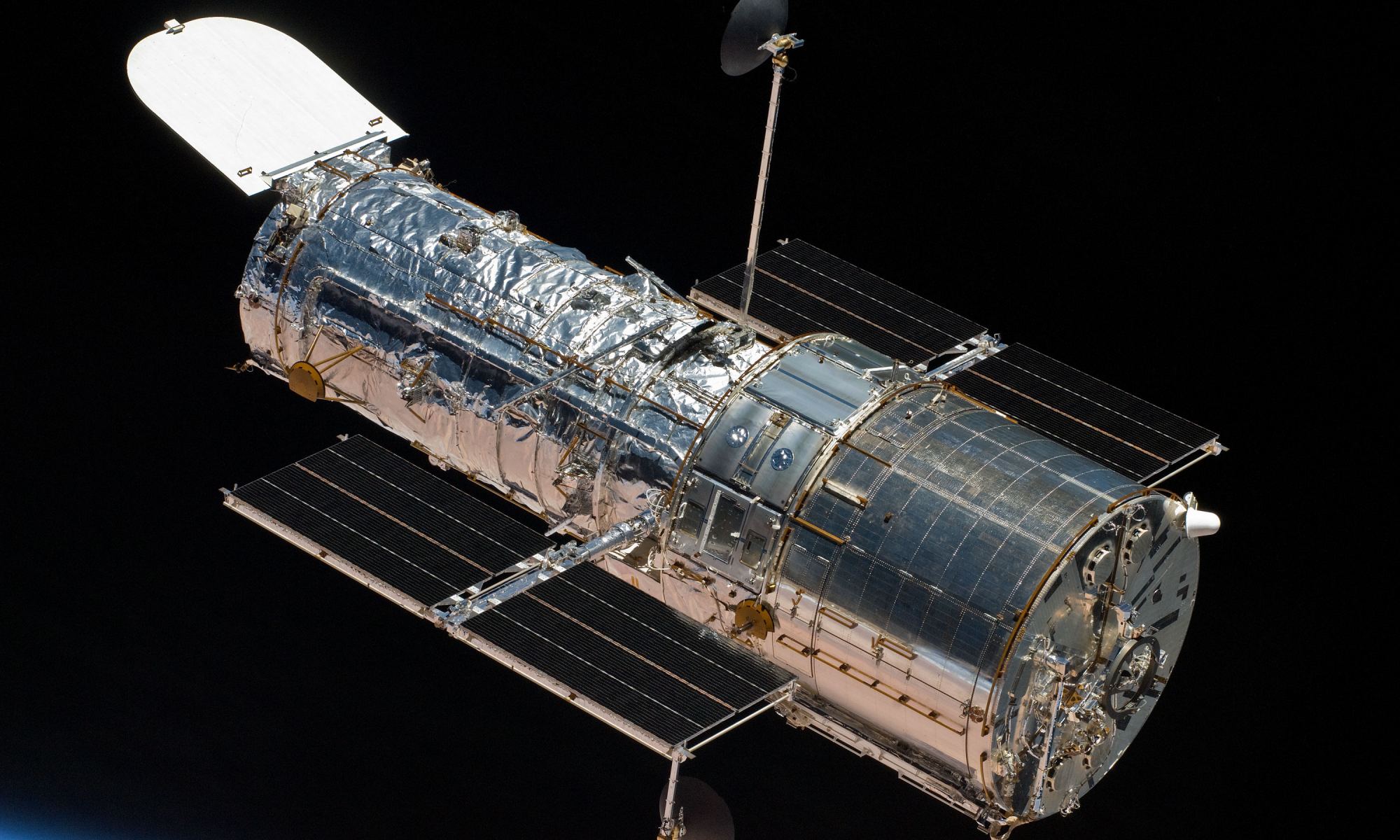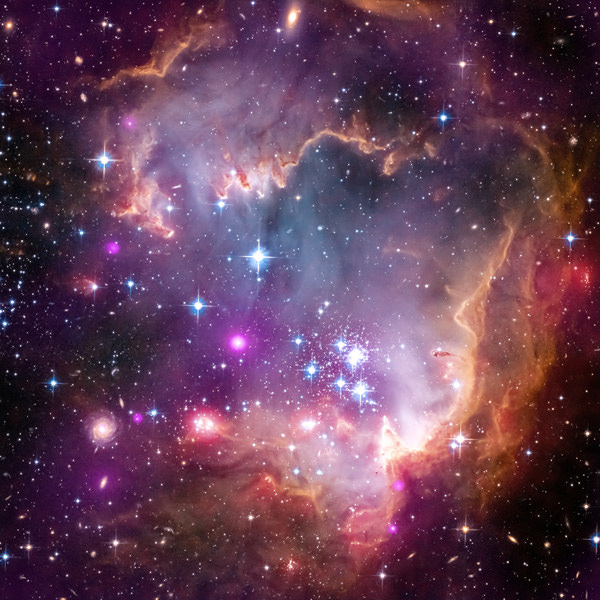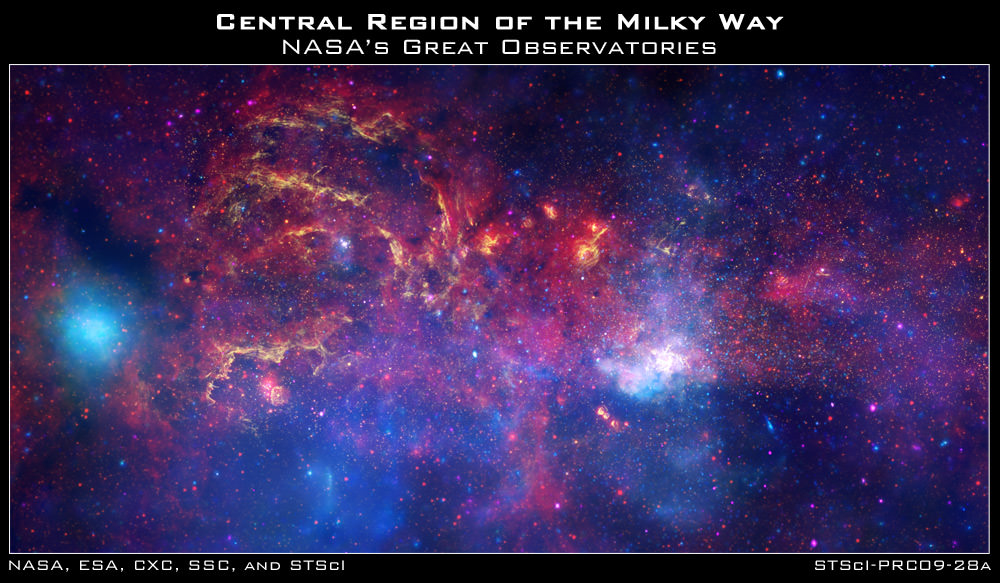It’s not always possible to observe the night sky from the surface of the Earth. The blocking effects of the atmosphere mean we sometimes need to put telescopes out into space. The Chandra X-Ray Observatory is one such telescopes and it has just completed its 25th year of observations. To celebrate, NASA have just released 25 never-before-seen images of various celestial objects in x-rays. The collection includes images showing the region around black holes, giant clouds of hot gas and extreme magnetic fields. Sadly though, NASA is planning on shutting down the mission to save budget so best to enjoy the images while you can.
Continue reading “Update your Desktop Wallpaper with 25 New Images from Chandra”Update your Desktop Wallpaper with 25 New Images from Chandra


